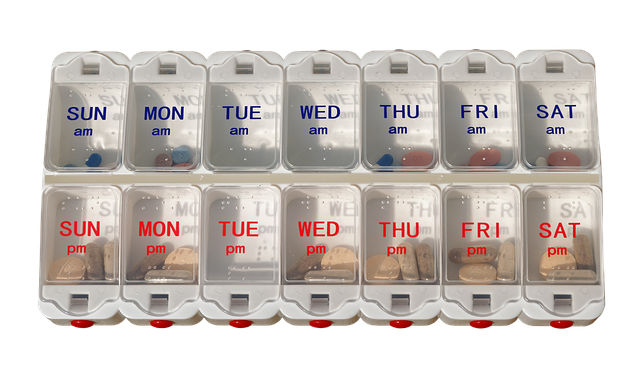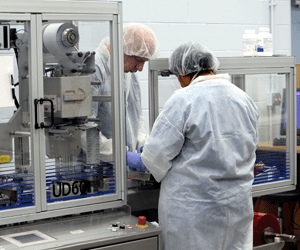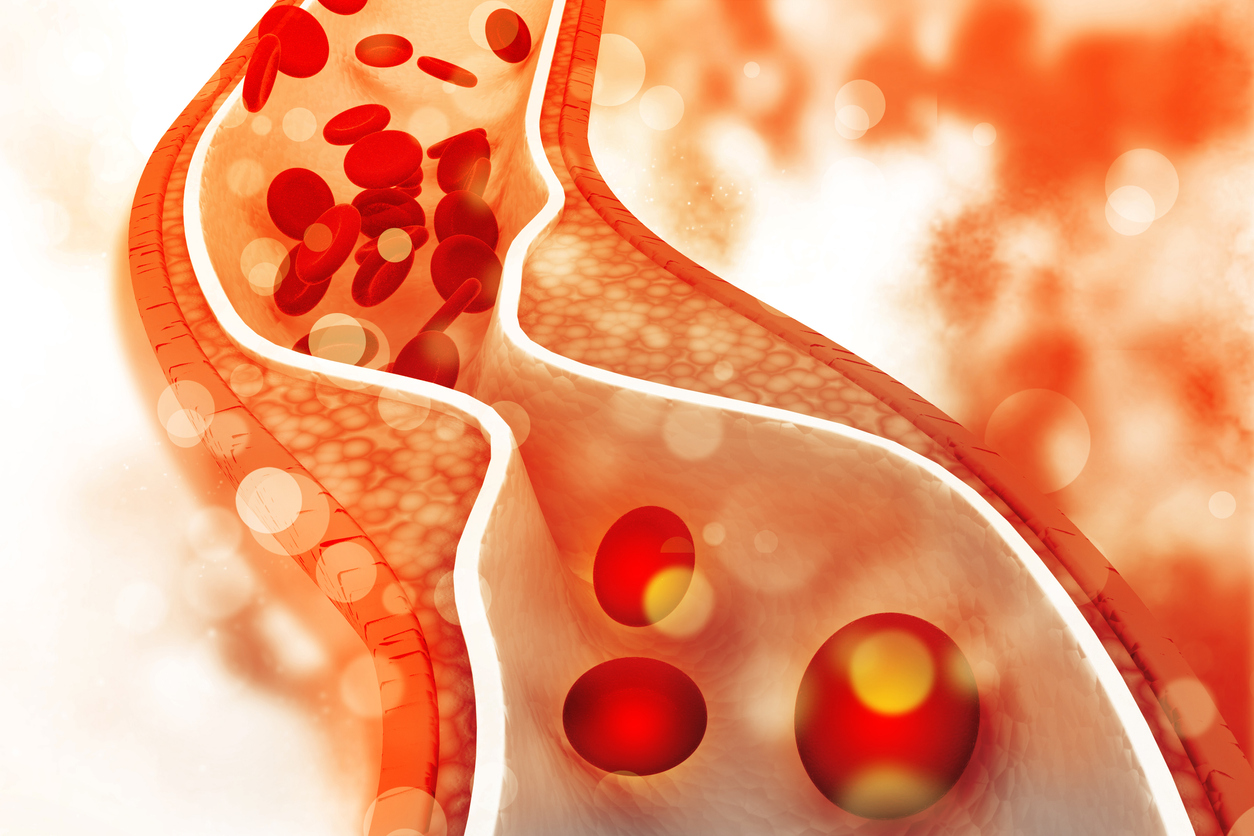
Since January 2020, team has tested samples from 4,700 bats in regions across the country, finding close relationship with Sars but not Covid-19 Scientists suggest viruses considered closest to Sars-CoV-2 are ‘extremely rare’ in bats in China

Vitamin D is made when the skin comes into contact with sunshine; however, we can also get vitamin D from our food intake. It has several important functions within the body, but it is primarily known for promoting calcium absorption, which makes it a vital nutrient for bone health.

Abstract - It is not clear if COVID-19 can be indirectly transmitted. It is not possible to conclude the role of the environment in transmission of SARS-CoV-2 without studying areas in which people transit in great numbers. In this work we aimed to better understand the role of environment in the spread of COVID-19. We investigated the presence of SARS-CoV-2 in fomites as well as in the air and in the sewage using RT-qPCR.

Coronavirus disease 2019 (COVID-19) caused by Severe Acute Respiratory Syndrome Coronavirus-2 (SARS-CoV-2) affects multiple cell types with systemic effects outside the respiratory tract [1, 2, 3]. Observational studies have noted adverse thromboembolic events in those with COVID-19, prompting further research on the prevention and treatment of thrombosis [4, 5, 6, 7, 8].

Researcher José Luis Jiménez was one of the first scientists to warn the WHO of the airborne transmission of covid-19

The current pandemic, known as coronavirus disease 2019 (COVID-19) triggered by the severe acute respiratory syndrome coronavirus-2 (SARS-CoV-2), is provoking devastating health, psychological and financial consequences worldwide.1–3

Physical activity may paradoxically hasten the build-up of calcium deposits (plaque) in the coronary arteries, the amount of which is used to assess future cardiovascular disease risk, finds research published online in the journal Heart.

The World Health Organization (WHO) today recommended another treatment for COVID-19, a monoclonal antibody combination from Regeneron already in use in the United States, though it urged companies and governments to make sure it's accessible to lower- and middle-income countries.

A new sensor can detect not only whether a virus is present, but whether it's infectious—an important distinction for containing viral spread.

Background - Current standards for fine particulates and nitrogen dioxide are under revision. Patients with cardiovascular disease have been identified as the largest group which need to be protected from effects of urban air pollution.







